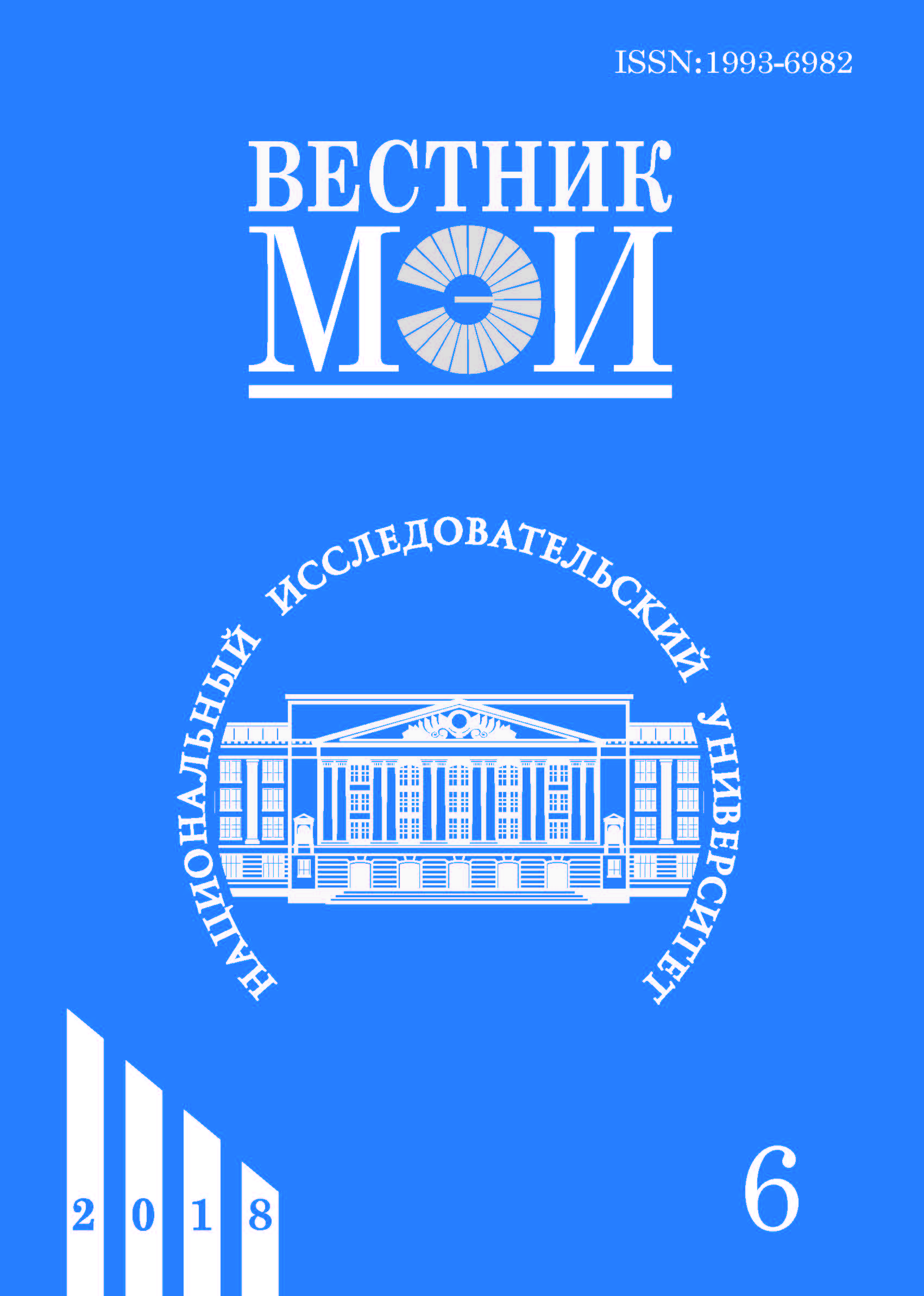Assessing the Bearing Capacity of Hot-Metal Crane Ropes Based on Laboratory Thermal Test Data
Abstract
The article presents an approach to assessing the bearing capacity of the steel ropes of hot metal cranes used at metallurgical enterprises. The rope bearing capacity is assessed based on the data of laboratory thermal tests, which are carried out in two ways. According to the first way, the temperature variation pattern over the rope cross-section is analyzed in subjecting the rope to thermal cycling by means of the contact method with the use of thermocouples and by means of remote measurements using an infrared imager. Recommendations regarding the procedure of carrying out rope temperature measurements under the production cycle field conditions are suggested. The second way implies studying the temperature variation pattern over the rope cross section in subjecting it to a short-term heating, which simulates the burst of flame from the ladle in pouring cast iron into the converter. It has been determined that the temperatures of rope core wires and outer wires of external strands may differ from each other by as much as several hundred degrees. It has been shown that ropes having a denser structure are characterized by better heat transfer between the wires and, as a consequence, feature more uniform temperature distribution over the rope cross-section. An experimental time dependence of the temperature gradient was used for estimating the stresses in wires based on a two-component rod-type analysis scheme. The change in the working rope safety margin under thermal cycling conditions was determined taking into account experimental data on the effect of temperature on the steel strength parameters. It has been shown that the real safety margin of a hot rope is essentially lower than its certified value in the rope delivery state. Possible rope failure cases are analyzed, and the hot rope strength criteria are formulated. A procedure for determining the two-parametric region of the permissible rope operating states on the basis of combined numerical and experimental assessments has been proposed. The suggested procedure makes it possible to determine in advance whether or not safe operation of the rope is possible given the existing technology of pouring cast iron into the converter. A general concept of unsafe operating conditions of hot metal crane ropes is given.
References
2. Силуянова Н.Н., Лобанова Е.Н. Температурное воздействие на стальные канаты // Стальные канаты. 2005. Вып. 4. С. 202—205.
3. ISO 4309:2017. Cranes — Wire Ropes — Care, Maintenance, Installation, Examination and Discard.
4. Промышленная безопасность при эксплуатации грузоподъемных кранов. М.: ГУП «НТЦ Промышленная безопасность» Госгортехнадзора России, 2002. Сер. 10. Вып. 7.
5. Малов В.П. и др. Влияние термоциклических нагрузок на прочность канатов литейных кранов // Безопасность труда в промышленности. 1999. № 11. С. 30—32.
6. Матюнин В.М., Волоховский В.Ю., Воронцов А.Н. Изменение механических свойств проволок грузовых канатов литейных кранов под воздействием эксплуатационных факторов // Технология металлов. 2011. № 7. С. 14—19.
7. Малиновский В.А. Стальные канаты. Одесса: Астропринт, 2016.
8. Bridon Crane Rope Catalogue. Doncaster. South Yorkshire, 2011.
9. Hot Metal Cranes: What is Required? Tech. Crane Rep. [Электрон. ресурс] http://www.naicranes.com/engineering/technical_reports/hotmetal.pdf (дата обращения 10.12.2017).
10. Сухоруков В.В., Воронцов А.Н., Волоховский В.Ю. Контроль канатов заливочных кранов металлургических предприятий // Черные металлы. 2013. № 10 (982). С. 56—60.
---
Для цитирования: Воронцов А.Н., Волоховский В.Ю., Мирошниченко В.И., Гайдученко В.В., Устинов А.В. Оценка несущей способности канатов заливочных кранов на основании данных лабораторных термических испытаний // Вестник МЭИ. 2018. № 6. С. 12—18. DOI: 10.24160/1993-6982-2018-6-12-18.
#
1. Goritsky V.M. Teplovaya Khrupkost Staly. M.: Metallurgizdat, 2007. (in Russian).
2. Siluyanova N.N., Lobanova E.N. Temperaturnoe Vozdeystvie na Stalnye Kanaty. Stalnye Kanaty. 2005;4:202—205. (in Russian).
3. ISO 4309:2017 Cranes — Wire Ropes — Care, Maintenance, Installation, Examination and Discard.
4. Promyshlennaya Bezopasnost pri Ekspluatatsyi Gruzogodemnyh Kranov. M.: GUP «NTC Promyshlennaya Bezopasnost» Gosgortehnadsora Rossyi. 2002;10;7. (in Russian).
5. Malov V.P. i dr. Vliyanie Termotciklicheskih Nagrusok na Prochnost Kanatov Liteynyh Kranov. Bezopasnost Truda v Promyshlennosty. 1999;11:30—32. (in Russian).
6. Matyunin V.M., Volokhovsky V.Yu., Vorontsov A.N. Izmenenie Mekhanicheskih Svoistv Provolok Gruzovyh Kanatov Liteynyh Kranov pod Vozdeistvyem Ekspluatatsionnyh Faktorov. Tekhnologiya Metallov. 2011;7:14—19. (in Russian).
7. Malinovsky V.A. Stalnye Kanaty. Odessa: Astroprint, 2016. (in Russian).
8. Bridon Crane Rope Catalogue. Doncaster. South Yorkshire, 2011.
9. Hot Metal Cranes: What is Required? Tech. Crane Rep. [Elektron. Resurs] http://www.naicranes.com/engineering/technical_reports/hotmetal.pdf (Data Obrashcheniya 10.12.2017).
10. Sukhorukov V.V., Vorontsov A.N., Volokhovsky V.Yu. Kontrol Kanatov Zalivochnyh Kranov Metallurgicheskyh Predpriyatyi. Chernye Metally. 2013; 10(982):56-90. (in Russian).
---
For citation: Vorontsov A.N., Volokhovsky V.Yu., Miroshnichenko V.I., Gaiduchenko V.V., Ustinov A.V. Assessing the Bearing Capacity of Hot-Metal Crane Ropes Based on Laboratory Thermal Test Data. MPEI Vestnik. 2018;6:12—18. (in Russian). DOI: 10.24160/1993-6982-2018-6-12-18.




